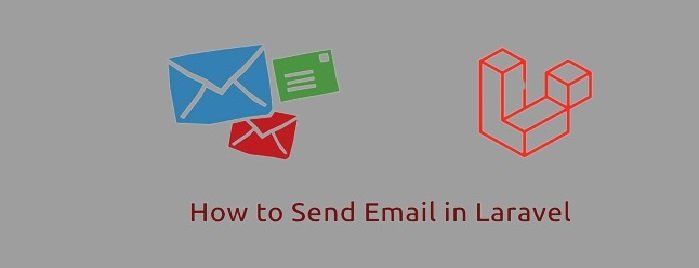
Unlocking the Potential of Web 3.0 : The Future of Internet
In the ever-evolving landscape of the internet,
we’re on the brink of a transformative era – Web 3.0. Often referred to as the
“Semantic Web,” Web 3.0 represents the next generation of the
internet, promising a more intelligent, interconnected, and decentralized
digital experience.
Understanding Web 3.0
Web 3.0 builds upon the foundation laid by its predecessors, Web 1.0 and Web 2.0. While Web 1.0 was primarily static and read-only, and Web 2.0 introduced dynamic, user-generated content, Web 3.0 takes a giant leap forward by incorporating advanced technologies like artificial intelligence, blockchain, and the Internet of Things (IoT).
Key Features of Web 3.0:
1. Decentralization:
Unlike its centralized predecessors, Web 3.0 embraces decentralization. Blockchain technology plays a pivotal role, enabling a trustless and transparent system where users have more control over their data.
2. Semantic Understanding:
Web 3.0 aims to understand the context and meaning of information on the internet. This involves improved natural language processing and machine learning, allowing the web to comprehend user queries in a more human-like manner.
3. Interoperability:
Interconnectedness is a core principle of Web 3.0. It envisions seamless communication and data sharing between applications, platforms, and devices, breaking down silos that have traditionally hindered collaboration.
4. Personalization:
With enhanced AI capabilities, Web 3.0 tailors online experiences based on individual preferences. This personalization not only applies to content but extends to the overall user interface and functionality.
The Role of Blockchain in Web 3.0
Blockchain technology serves as the backbone of Web 3.0, providing a secure, transparent, and tamper-resistant decentralized framework. Smart contracts, self-executing contracts with the terms of the agreement directly written into code, enable trustless transactions and automated processes.
The decentralized nature of blockchain mitigates concerns related to data privacy, security, and intermediary control. Users regain ownership of their data, deciding when and how to share it.
Real-world Applications
1. Decentralized Finance (DeFi):
DeFi platforms leverage blockchain to offer financial services without traditional intermediaries. Users can lend, borrow, and trade assets directly, fostering financial inclusion globally.
2. Non-Fungible Tokens (NFTs):
Web 3.0 has given rise to the NFT craze, where digital assets are tokenized and uniquely owned on the blockchain. This has revolutionized the art and entertainment industries.
3. Decentralized Autonomous Organizations (DAOs):
DAOs operate on smart contracts, enabling decentralized decision-making and governance structures. This paves the way for more inclusive and democratic organizational models.
Embracing the Future
Web 3.0 represents a paradigm shift in how we interact with the digital realm. As we move towards a more decentralized, intelligent, and interconnected internet, the possibilities seem limitless. Embracing the principles of Web 3.0 not only ensures a more user-centric experience but also lays the groundwork for a more open and equitable digital future.
Are you ready to ride the wave of Web 3.0? The journey has just begun, and the opportunities are boundless in this exciting era of technological innovation. Join us as we explore the unfolding chapters of the internet’s next evolution. Stay connected, stay decentralized, and welcome to Web 3.0!
Summary
Web 3.0, the “Semantic Web,” represents the next
generation of the internet, integrating advanced technologies like AI,
blockchain, and IoT. Its key features include decentralization, semantic
understanding, interoperability, and personalization. Blockchain is pivotal,
providing a secure and transparent decentralized framework. Real-world
applications include DeFi, NFTs, and DAOs. Embracing Web 3.0 promises a more
user-centric, open, and equitable digital future.




